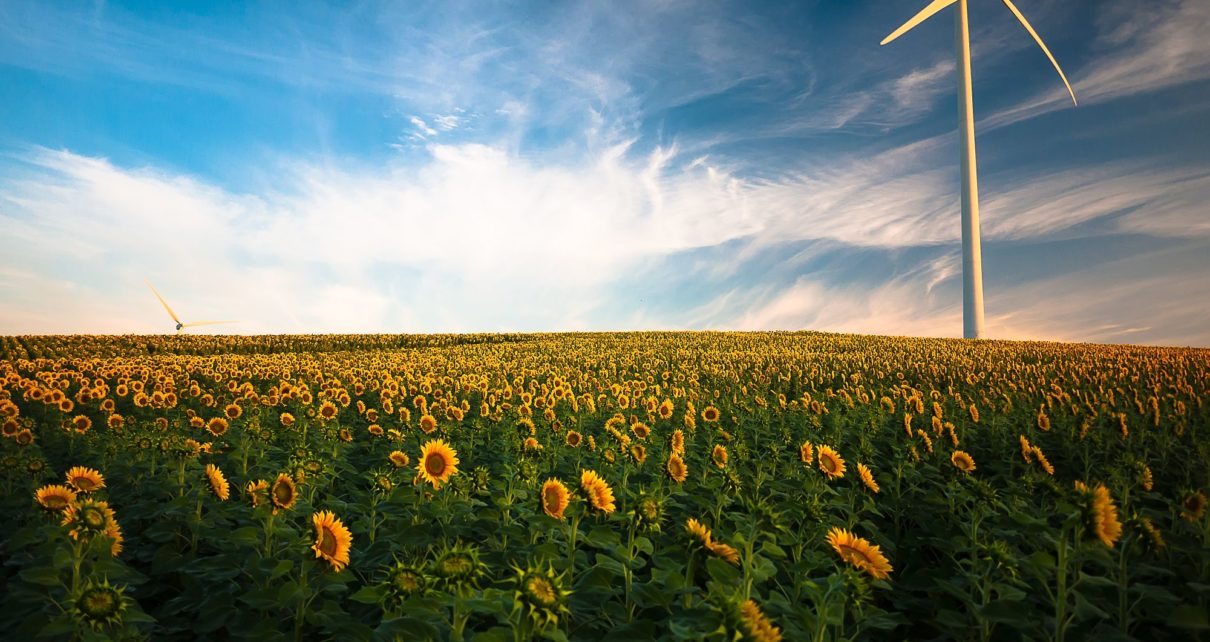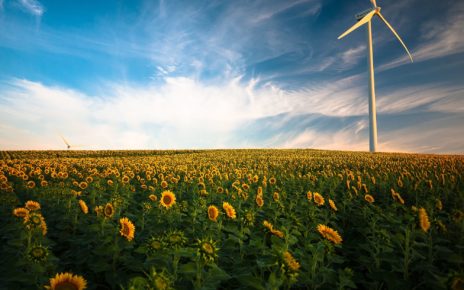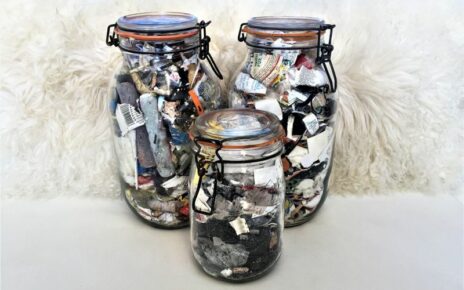Dear EarthTalk: Could it really be true that we are in the midst of the worst drought in the United States since the 1930s? — Deborah Lynn, Needham, MA
Indeed we are embroiled in what many consider the worst drought in the U.S. since the “Dust Bowl” days of the 1930s that rendered some 50 million acres of farmland barely usable. Back then, drought conditions combined with poor soil management practices to force some 2.5 million Americans away from the Great Plains, only wreaking further havoc on an already devastated Great Depression economy. The lack of native prairie grasses or cover crops to keep the soil in place meant large swaths of formerly productive agricultural land turned to dust and blew away in so-called “black rollers.” While we have learned a lot about maintaining soil quality since, drought conditions today are nevertheless taking a heavy toll on agricultural productivity, fresh water supplies and the economy—especially as the effects of global warming start to kick in more seriously.
The current drought started in 2012, the hottest year on record in the U.S. with several weeks in a row of 100-plus degree days in various regions. The result was drought conditions for two-thirds of the country. Economists estimate that the dry spell cost Americans some $50 billion in agricultural losses—staple crops including soy, corn and wheat have all been devastated—as well as forest fire destruction and other financial casualties. In fact, this ongoing drought has caused more economic damage all told than Hurricane Sandy. While winter precipitation eased the conditions somewhat, federal researchers believe that more than half the country is still gripped by drought with no foreseeable end in sight and another hot dry summer just around the corner. To wit, California experienced its driest January and February on record, and average winter temperatures across the continental U.S. were 1.9 degrees Fahrenheit above the average for last century.

The United States is embroiled in the worst drought since the “Dust Bowl” days of the 1930s. The current drought started in 2012, the hottest year on record in the U.S. Pictured: A dust storm approaches Stratford, Texas in 1935.
The National Oceanic and Atmospheric Administration (NOAA) predicts that drought conditions are likely to remain in the central and western sections of the U.S. while expanding in California, the Southwest, the southern Rockies and Texas. The Florida panhandle is also expected to see drought conditions moving into summer. Along with crop losses, the expanding drought promises to bring more wildfires to the west as well as to parts of Minnesota and even Iowa.
While it may not feel like we are living in a dust bowl, the drought does affect all of us, primarily in the pocket book. Reduced crop harvests means higher prices for food items of all kind. Likewise, the cost of piping drinking water to our homes’ faucets is on the rise with freshwater reserves becoming a hotter and hotter commodity. And our tax dollars pay for emergency response missions in the case of wildfires and other warming-related weather disasters.
And just as drought conditions affect each and every one of us, we each have the power to help fix the situation by reducing our own carbon footprints. Only through individual and collective efforts to drive and fly less and switch over to renewable non-polluting fuels can we stem the tide of global warming that is either causing or exacerbating what is beginning to feel like a drought with no end.
CONTACT: NOAA, www.noaa.gov.
EarthTalk® is written and edited by Roddy Scheer and Doug Moss and is a registered trademark of E – The Environmental Magazine (www.emagazine.com). Send questions to: [email protected]. Subscribe: www.emagazine.com/subscribe. Free Trial Issue: www.emagazine.com/trial.
EarthTalk®
E – The Environmental Magazine
Dear EarthTalk: I’m concerned about toxic ingredients in my cleaning supplies, especially now that I have young children. Where can I find safer alternatives? –– Betsy E., Hartford, CT
It is true that many household cleaners contain potentially toxic substances, so parents especially should make an effort to keep them out of the reach of children or, better yet, replace them with safer alternatives.
“We use a wide array of scents, soaps, detergents, bleaching agents, softeners, scourers, polishes and specialized cleaners for bathrooms, glass, drains and ovens to keep our homes sparkling and sweet-smelling,” reports the Organic Consumers Association. “But [many] contribute to indoor air pollution, are poisonous if ingested and can be harmful if inhaled or touched.” The group adds that household cleaning products are responsible for almost 10 percent of all toxic exposures reported to U.S. poison control centers, with more than half of cases involving kids under six years old.

Household cleaning products are responsible for almost 10 percent of all toxic exposures reported to U.S. poison control centers. Fortunately, there are plenty of safer alternatives available, from brands like Ecover, Seventh Generation, Green Shield and Earth Friendly Products, pictured here.
According to the Washington Toxics Coalition, leading offenders include corrosive drain cleaners, oven cleaners and toilet bowl cleaners. Contact with these chemicals can cause severe burns on the eyes and skin and can damage the throat and esophagus if ingested. The chlorine and ammonia contained in some can each cause similar problems, and the hazardous gases unleashed when they combine can be lethal. Other ingredients to avoid for many reasons include diethanolamine (DEA), triethanolamine (TEA), 1,4-dioxane, ethoxylated alcohols, butyl cellosolve (aka ethylene glycol monobutyl ether), and p-nonylphenol.
Meanwhile, the fragrances added to many cleaning products can cause respiratory irritation, headaches and other symptoms in those with chemical sensitivities, allergies or asthma. And since fragrance formulas are considered trade secrets, manufacturers aren’t required to disclose constituent ingredients, leaving even educated consumers in the dark regarding what kind of nasty chemicals they may be spreading around their homes just to, ironically, make their cleaning products smell less chemically.
Fortunately there are plenty of safer alternatives available today, but deciding which ones are truly healthier or just designed to look that way isn’t so easy. That’s where the Environmental Working Group (EWG) comes in. The group’s “Guide to Healthy Cleaning” rates and reviews over 2,100 household cleaning products on the basis of health and environmental safety. EWG lists top products in each cleaning category—from dishwashing and laundry detergents to kitchen and bath cleaning to floor and furniture care—and also offers a “label decoder” that helps consumers learn how to spot trouble on product labels and ingredient lists. Some of the brands that garner high marks from EWG in more than one category include Ecover, Earth Friendly Products, Seventh Generation and Green Shield. Look for these online as well as at Whole Foods or other markets with big selections of healthy or natural products.
EWG also maintains a Hall of Shame where it lists cleaning products that either “greenwash” consumers with misleading label information or contain hazardous ingredients (or are banned abroad but still available in the U.S.). EWG makes all of this information free on its website, but a $5 donation will get you a wallet card packed with tips on how to read home cleaning product labels and shop smarter.
CONTACTS: Organic Consumers Association, www.organicconsumers.org; Washington Toxics Coalition, www.watoxics.org; EWG’s Guide to Healthy Cleaning, www.ewg.org/guides/cleaners.
EarthTalk® is written and edited by Roddy Scheer and Doug Moss and is a registered trademark of E – The Environmental Magazine (www.emagazine.com). Send questions to: [email protected]. Subscribe: www.emagazine.com/subscribe. Free Trial Issue: www.emagazine.com/trial.




